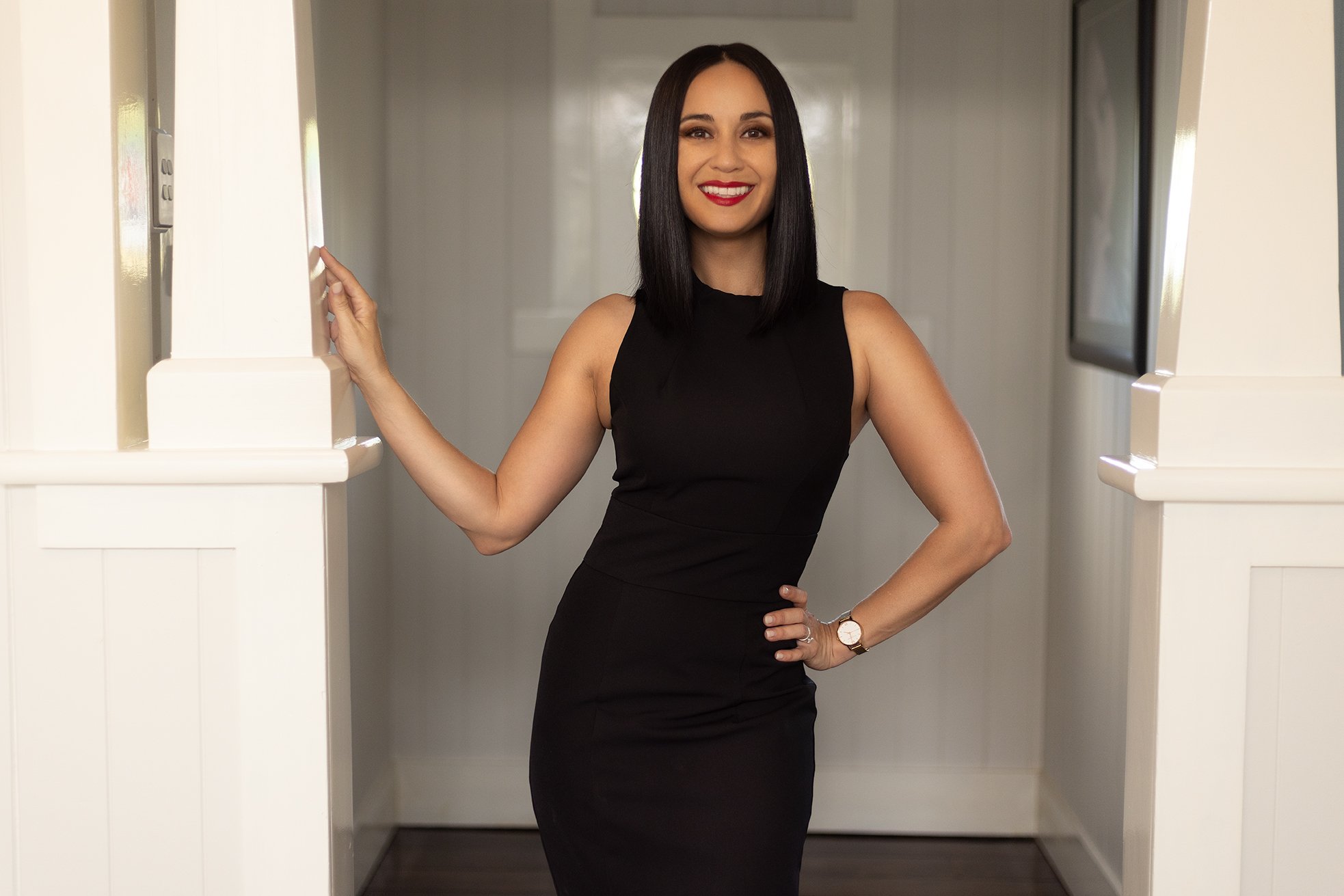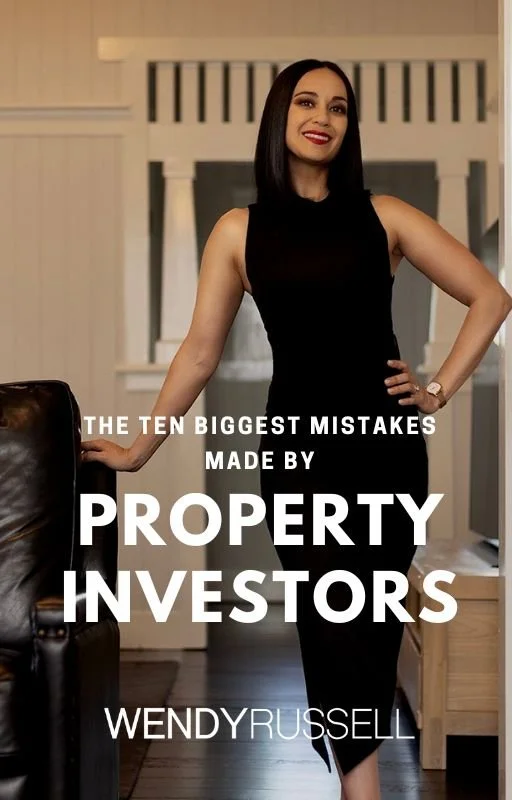5 Properties I’d NEVER Buy As An Investor
Successful property investors don’t just pick ANY property and hope for the best. They look for the Gems — and here’s how you can spot one.
I purchased this property for one of my investor clients in 2019 for $599,000. It is now worth well over a million dollars.
We all know that friend who has done well in property. In my circles, it’s me. But that’s because after so many years in the game, I know what to look for when it comes to a great property that will outperform the market.
So what actually makes the real difference when you compare a portfolio that does okay to one that hits the equity ball out of the park.
Why is it that some investments do better than others?
Spoiler alert …
It all comes down to property selection and making good decisions when you Buy.
As an Independent Buyer’s Agent, my work involves helping to steer investors on the right path when it comes to property selection and most specifically, pointing out the What, Where, Why and How Much? when it comes to building the portfolio.
So how do I know what to buy?
The value of a Property Mentor.
I was fortunate to have an astute property mentor when I was in my early twenties and this person highlighted the important methodologies when it came to choosing investment properties that were going to do what they’re supposed to - outperform the market.
This serendipitous meeting provided me with a solid foundation for understanding the basic principles of property investment and what to look for when choosing the right properties. Ever since, I’ve been building on that early knowledge through my own experiences, research and watching others go down the property investment path - either successfully or unsuccessfully, and taking specific note of what went right, what went wrong and how they could have bought better.
What they DON’T teach you in school.
It has always amazed me how little the traditional education system provides when it comes to what’s really important in life. Things like choosing a life partner, managing finances and following your passion were never even touched on when I was at school.
Maybe it’s different these days but I’d make a sure fire bet that Buying A Home or Strategic Property Investment is not part of the standard syllabus.
So in that case, many of us were never armed with the knowledge of property investment and therefore rely on “experts” to fill in the blanks. The trouble is, not everyone who claims to be an expert in property, is one.
I never like to call myself an expert but rather, a person who has played the property game for so long now that I’ve acquired a tonne of experience in the space.
With that said, this post is all about sharing some pointers on property portfolio selection. Principles I adopt when separating the dud houses from the ones with real potential.
Rather than tell you what to buy, I’m going to explain why I steer clear of these 5 types of properties. That way, you’ll be able to spot a potential goodie.
Ready?
Properties with THESE features hit my discard box quick.
1. The house with retaining walls.
Retaining walls are like buying that fifth black top you know you’ll never wear because it’s on sale. Totally unnecessary and a waste of money. I have a client who purchased a property a few years before we met and they’re regretting every part of having to maintain retaining walls that are costing them tens of thousands in maintenance. It’s a property expense you just don’t need and for no real benefit to you.
2. Properties with pools.
Aesthetically, pools can really compliment a yard space. In summer, they come in handy for weekend BBQ events and to entertain the kids. That’s about it in my opinion. They’re costly and a lot of work.
Ask anyone who has ever owned a property with a pool. It starts off as a novelty but soon becomes a thorn in your side when you’re having to make multiple trips to the pool shop on your weekends.
If you’re buying your dream home and a pool is part of your wish list then sure, buy a property with a pool and deal with the maintenance. But for an investment, my advice is to steer clear. You’ve just added another expense that you won’t personally benefit from. Remember, you’re not using the pool, your tenants are. And if you think pools add significant value to properties, think again.
3. The house in the noisy location.
Statistically, properties located in busy or noisy locations tend to underperform against those in quieter areas.
Main roads, properties located directly across from schools or sporting facilities, and houses that back onto train lines are all red flag properties in my opinion.
These properties are less desirable to cashed-up buyers and attract less of the buyer pool when you go to sell. In other words, buyers won’t be fighting over your home at auction if it’s located in a noisy location which means these properties tend to under-perform in the capital growth stakes.
4. The property that floods.
Brisbane in particular is renowned for flooding, as are other parts of the Australian landscape. Why buy in a flood zone when there are plenty of other homes on higher ground? This is my rationale when I’m discussing an investment property Brief with a client.
Again, most buyers reject properties with flood overlays (for obvious reasons) so they don’t have the same re-sale potential as other homes. There are exceptions to this rule, but they are rare. Flood overlayed properties also have insurance challenges.
5. The best house in the worst street.
I’m sure you’ve heard of this phrase before. A good rule of thumb for property selection when it comes to investing is buying a property in an area where the majority of neighbouring homes are higher in value.
In other words, if your neighbours are all sitting on $3 Million dollar mansions and you’re the $1 Million dollar man, you’re in the right company!
If most properties in a certain area are fetching say 10-20% higher than the one you are considering buying, this provides great scope for your property to be “pulled up” as I like to call it.
I like to buy above the average house price of a suburb.
So if the property you’re considering is worth say $1,100,000 and the average for the suburb is $1,500,000 - that is a green flag to shortlist this property as a potential for investment.
On the flip side, if the property you’re considering is well above the average house price for the area, there may be limited potential for it to grow in value. Remember, the bottom of the market always moves first.
We’ve only scratched the surface.
There is so much to learn about property selection when it comes to investing and I have merely scratched the surface in this post.
If you’re curious to understand what I do recommend investors buy, you can BOOK A 1:1 SESSION with me and I’ll help you work through a personalised property plan.
Keep an eye out for my Investors Masterclass which is coming soon. This is where I deep dive into my process and openly share my knowledge in this space.
One of the key takeaways I teach (amongst other important points) is how to decipher unimproved capital value - why it’s so important and what the minimum ratio should be when it comes shortlisting a property or passing it up.





